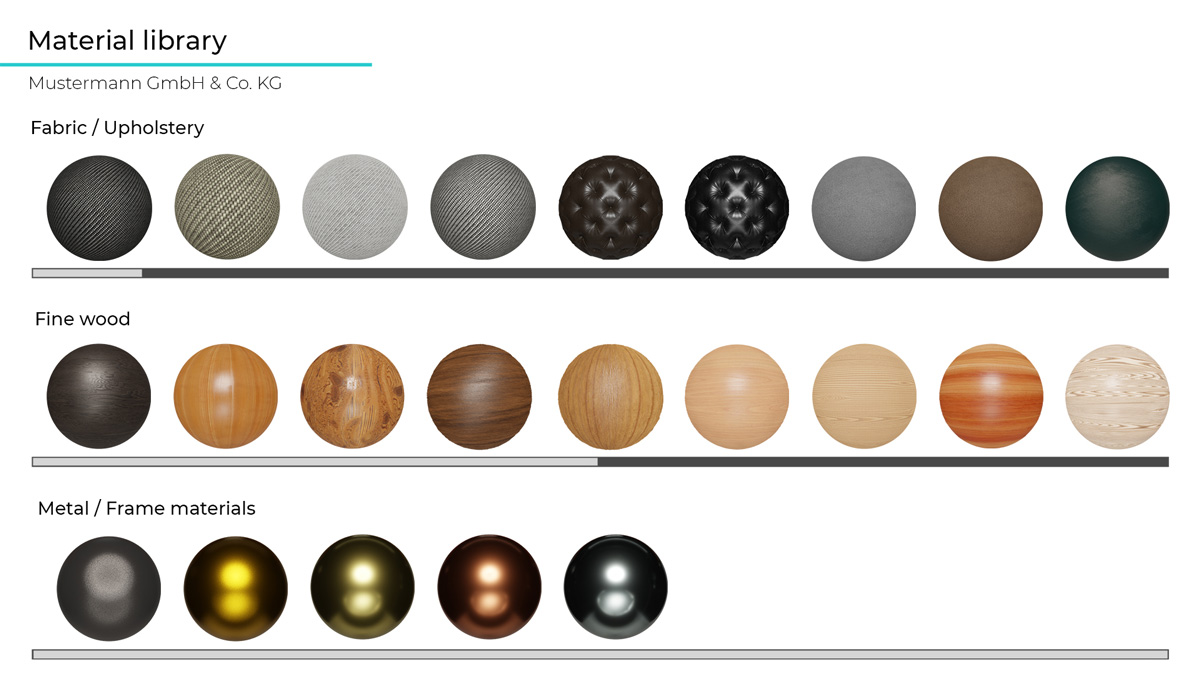Gemeinsam mit Ambista – dem Business-Netzwerk der internationalen Möbel- und Einrichtungsbranche – entwickelten wir einen Einsteiger-Check „Wie digital ist mein Marketing“ zum Feststellen des Status quo für Firmen im digitalen Marketing. Der Artikel erschien zuerst im Magazin von Ambista (zum Original-Artikel).
Digitisation is no longer a new topic. Depending on the sector, it has developed to varying degrees and at different speeds. The company-specific differences are great. And even within a company, all departments are rarely digitalised equally. This starter check is intended to help you determine the status quo of your company and to reveal potential opportunities through digitisation of marketing.
Heterogeneous digitisation
While logistics and direct sales are often already largely digitalised, marketing often still uses conventional product photography and elaborate on-site photo shoots. Although the photographer's camera is "digital", the process itself is analog to a great extent. The assumption that it is not possible to create realistic visualisations using 3D renderings instead of photography is still very common. This view is no longer up to date.
A large number of furniture manufacturers and dealers have already recognised this and are currently in the process of changing from photography to renderings. In fact, there has never been a better time for this change than right now, at the time of COVID-19, when work is more decentralised and digital than ever before in Germany.
The following illustrations are intended to support the first step in this subject area. They will help you to identify the phase your company is already in.
The majority of German SMEs are in phases two to four, i.e. the first steps have already been taken or are already an integral part of operational processes.
First small practical tip for newcomers who want to get a first overview of market prices: The more precise and complete your project briefing, including annexes and details of the desired presentation quality, the better prices you are likely to be offered, as most agencies will then include less safety buffer.
Second small practical tip for newcomers: Not every agency has the same pricing and what is even more variable: The same quality standards. If you switch from photography to renderings and want to reduce the price directly in step one, you unnecessarily increase your risk of being disappointed.
In our experience, more than 50 percent of all visualisation projects are expanded or changed at least once during the implementation phase, as the product range is redesigned or material combinations change. In a photo shoot this is at best merely annoying, at worst it cannot be implemented in time.
With rendering projects this usually means either an e-mail or a call to the agency, which is much more relaxed for the team, budget and feasibility, as 3D scenes including 3D model, materials, virtual light and perspective are saved and can be changed flexibly at any time.
It is precisely the opportunities that are opening up that will also make the digitalisation of visual marketing a reality in the long term. The following section presents the vision that some companies in the furniture industry and in Home & Living are already successfully putting into practice today.
The vision in practice
The following is not a fictitious future scenario, but rather the current practice of some companies that are in phases four and five.
As soon as a new product is available, the CAD files from production are made available and a digital twin is created on the basis of these and some shape-free reference images. This can be created even before the goods are in the showroom or in the branch.
The digital twin can already be used for renderings, animations, Web 3D etc., i.e. the product can be operatively advertised with visual material even before it is at the POS or in the photo studio. Already at this point a 3D model offers more possibilities than photography ever could.
The digital twin can be integrated directly into the virtual trade fair or virtual showroom. In addition, an AR model is created to give the end consumer the opportunity to place the product in the living room or garden via AR technology using a smartphone. This increases the emotional connection to the product and thus the conversion rate.
Just like the products, the materials also have a digital twin. If required, flexible versions can be created here. In addition, product-specific material combinations can be played through and visualised without having to produce a prototype.

Tatsächlich verschließt man sich keinerlei Möglichkeiten durch die Nutzung moderner 3D-Technik: Das Gegenteil ist der Fall. Wenn man sich jedoch den digitalen Visualisierungsmethoden verweigert, bleiben einem einige Türen verschlossen. Diese Türen tragen dabei Namen wie Virtual Trade Fair, Web 3D, AR etc. Um diese Metapher abschließend noch einmal übermäßig zu belasten: Eine besonders große Tür trägt die Aufschrift “Kostensenkungen”. Wir hoffen mit diesem Artikel konnten Sie eine Antwort finden auf die Frage, „Wie digital ist mein Marketing“. Natürlich stehen wir Ihnen gerne beratend zur Seite bei Fragen oder konkreten Vorhaben zur Digitalisierung in Ihrem Unternehmen. Schreiben Sie uns einfach eine Mail oder nutzen Sie unser Kontaktformular. Wir freuen uns auf Ihre Nachricht!